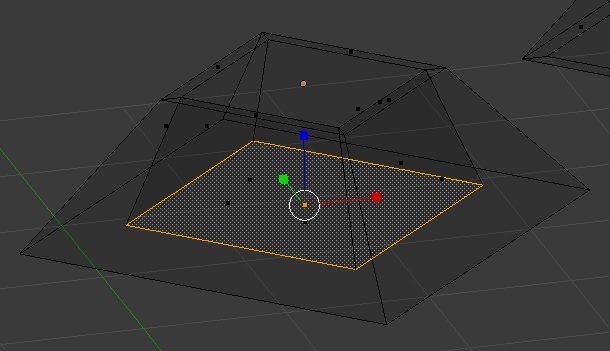

In Object mode, add a cube mesh ( Shift + A + Mesh/Cube).These steps also assume that your scene already has two objects in it that you'd like to join: In that spirit, I've outlined all the steps necessary to join meshes with the fluid simulator it looks like a lot, mostly because I'm being extra-detailed.
_w0NnoGB.jpg)
You can easily find yourself distracted by the fact that you can turn your meshes into puddles of goo. Fair warning: Working with the fluid simulator is an advanced topic, but also is a lot of fun. In practice, the result looks like using the Boolean modifier in combination with the Remesh modifier, but this technique does have the advantage of letting you combine multiple organic meshes together while also evenly distributing vertices over those shapes, without affecting those original meshes. This means that you can use the fluid simulator as another means of joining meshes. The unique thing about the way it works is that each animated frame of a fluid simulation is actually stored as a mesh-as geometry. Joining objects with the fluid simulator: Blender has an integrated fluid simulator.

Then you can just convert that to a mesh ( Alt + C + Mesh from Curve/Meta/Surf/Text) and then go about refining it with Blender's sculpt tools.Ģ. Metaballs are pretty old technology, but by massing a bunch of them together, you can quickly get a rough base shape for whatever you're trying to build. When you bring two or more of these objects close together, they start to merge, like a gloopy fluid. You can add them to your scene from the Add menu ( Shift + A + Metaballs). Metaballs are interesting and wacky things. Metaball objects: Although I said that Blender is not a parametric modeler, Blender actually does have some parametric objects-specifically, I'm referring to Blender's metaball objects. The following two techniques are a bit idiosyncratic and go back to the less precise, sculptural way of modeling, but they can be pretty handy for roughing out a base mesh that you intend on refining with sculpt tools:ġ. It's possible to build mesh models in an additive or subtractive way without using Blender's Boolean modifier or either of the add-ons mentioned in Part 2 of this series. Now let's look at advanced tips, including metaball objects, joining objects with the fluid simulator, prepping for print, and the 3D Printing Toolbox add-on. In Part 2 I examined the process for making those models. In Part 1 of my series on getting started with 3D printing in Blender, I covered basic preliminary steps for getting your Blender environment set up for creating your own 3D models, ready to be 3D printed. Part 2: Making and preparing 3D models for printing with Blender Part 1: How to get started with 3D printing in Blender


 0 kommentar(er)
0 kommentar(er)
